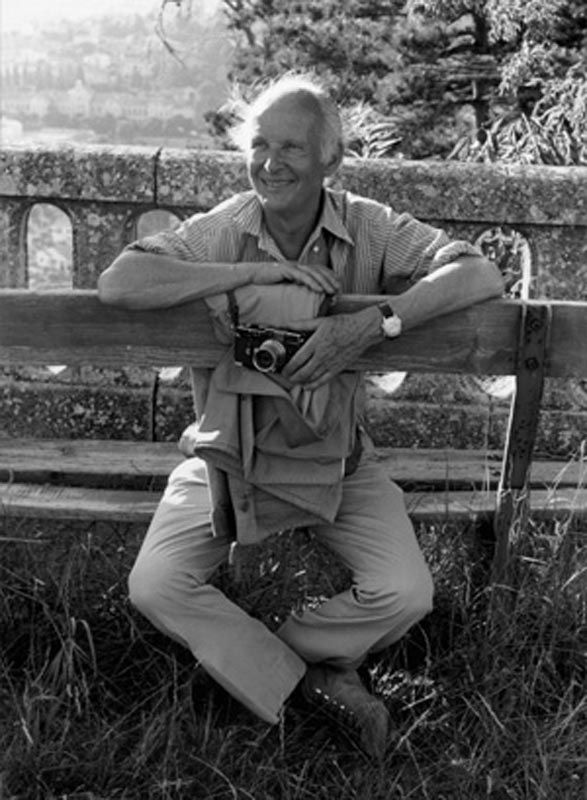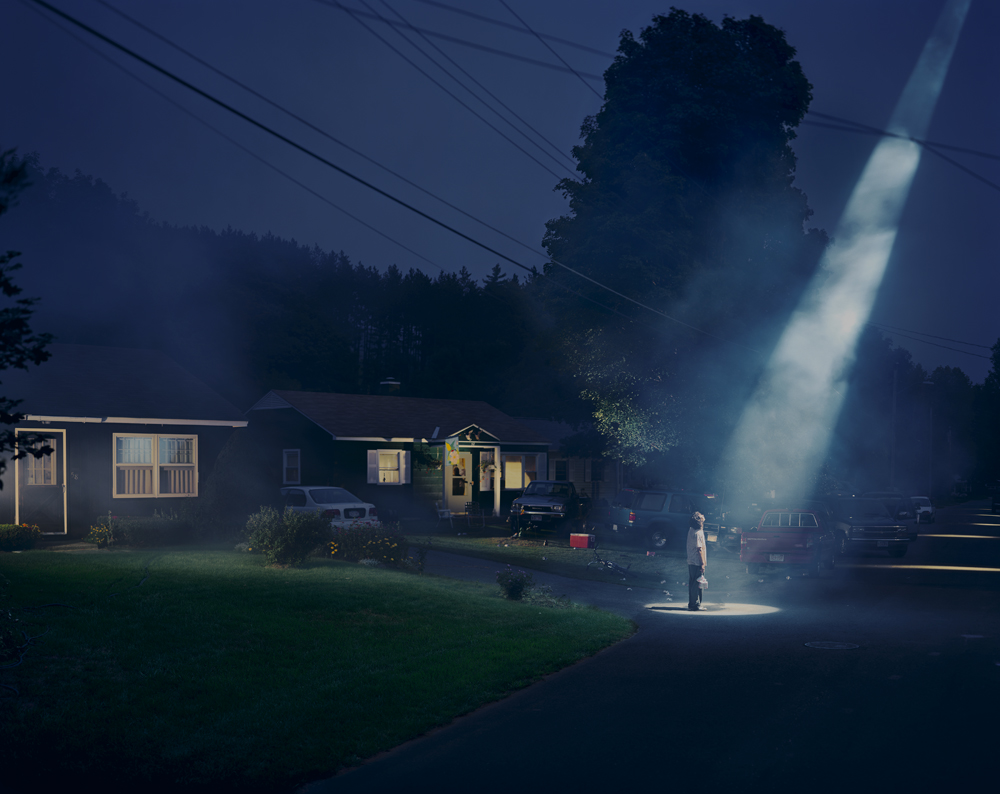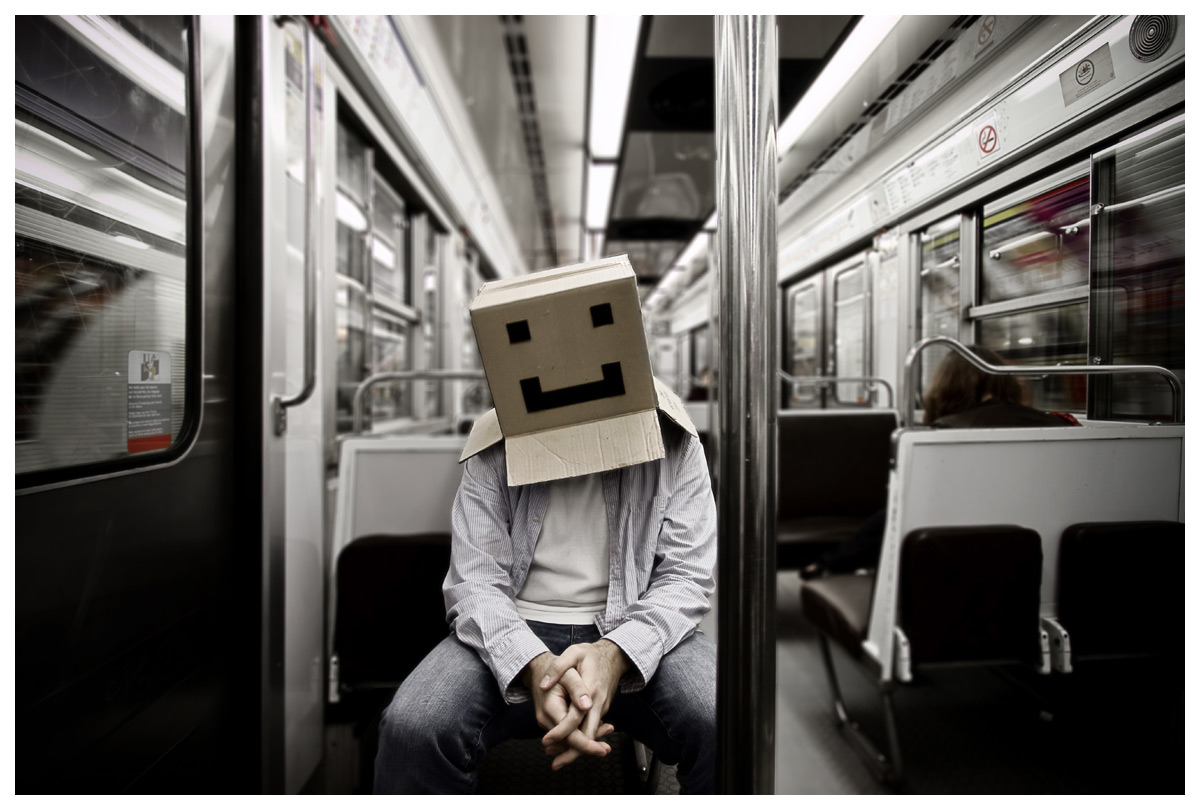Narrative photography is the idea that photographs can be used to tell a story. Allen Feldman stated that "the event is not what happens. The event is that which can be narrated". In this case, the medium is photography.
The Narrative Photography Competition in Portland,
Orgen describes the concept in the following way: "The power of narrative, or story telling is at the foundation of much of photography. Photograhers (sic) are creating complex and descriptive moments in time. Contemporary photographers are crafting and documenting new forms of a visual short story."
 Photographs that capture staged or artificially constructed scenes made only for the purpose of photography. While this type of image-making became well-known in the 1980s through the work of artists such as Cindy Sherman and Jeff Wall, staged compositions—which have alternatively been called “tableau photographs”—have been created since the beginnings of photography. For example, 19th-century photographers such as Oscar Gustav Rejlander and Henry Peach Robinson staged classical or biblical scenes with actors. Also, some of the major inspirations for 1980s staged photographic imagery were 1920s and '30s staged portraits created by Marcel Dunchman and Claude Cahun.
Photographs that capture staged or artificially constructed scenes made only for the purpose of photography. While this type of image-making became well-known in the 1980s through the work of artists such as Cindy Sherman and Jeff Wall, staged compositions—which have alternatively been called “tableau photographs”—have been created since the beginnings of photography. For example, 19th-century photographers such as Oscar Gustav Rejlander and Henry Peach Robinson staged classical or biblical scenes with actors. Also, some of the major inspirations for 1980s staged photographic imagery were 1920s and '30s staged portraits created by Marcel Dunchman and Claude Cahun.
http://photoparley.files.wordpress.com/2012/10/mitra-canal-1.jpg

I really like this image because the indication is lonliness, like its a place of suffering. Everything is broken down, and smashed. It's like the man is revisiting something dear to him. I love the colours used in this image aswell as it brings life to the image.
M
Leicestershire, 2012
http://caigriffith.com/wp-content/uploads/2012/09/NewImage7.png
This image is incredibly creative, the boxes in the middle make it the center of attention. It uses a story in a picture as it shows the man with some gas, ready to create fire. Everything looks very realistic with a cartoon look.
http://www.ludimaginary.net/img/conceptuel/cardboard-box-head-box-on-the-move-narrative-photography.jpg
This image is something you would see online, its a very dull and realistic image. I like the editing of the face on the mans head. With all the refelections showing everything in metalic.










